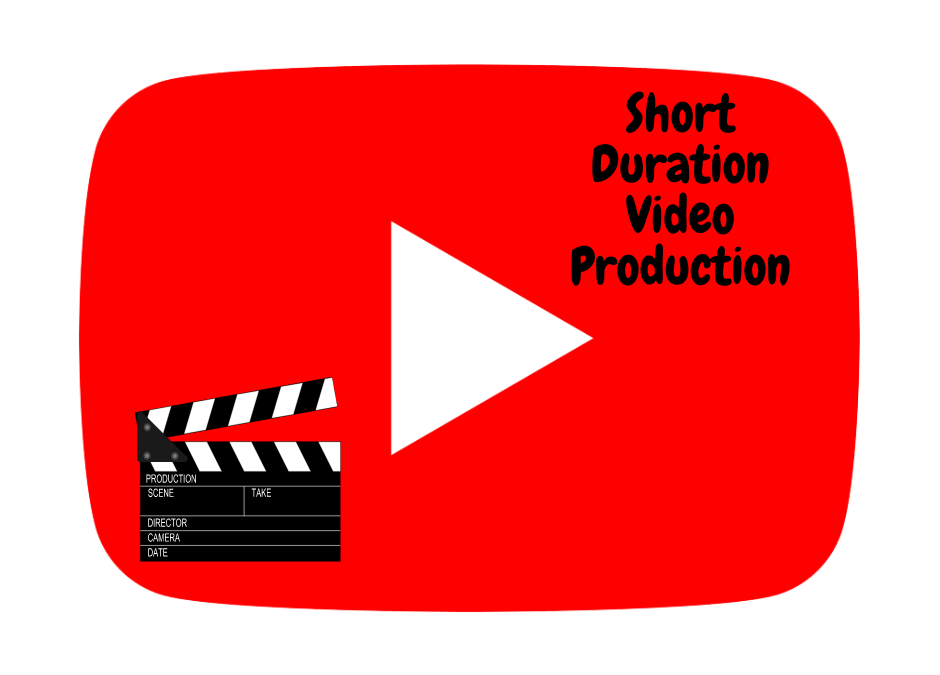
Boost Your Business with Short Duration Video Promotions
Introduction
Short duration video promotions are a great way to promote your business, event or product. They can be used to promote anything from a new product launch, special offers and competitions.
This type of promotion can be used in many different ways but the main objective is to get your message across quickly and effectively. It’s also important for businesses that want to reach out on social media platforms such as Instagram or Facebook where users have short attention spans and will only watch videos for up to 20 seconds before moving on if they’re not interested in what’s being said or shown in them
The Benefits of Short Duration Video Promotions
Short duration video promotions are a great way to get your message out there. They’re cost-effective, they reach more people and they have better engagement than longer videos.
Here’s why:
- Increased reach – With shorter videos, you can get your message across in less time and with fewer resources. This means that more people will see it! And if you want to go viral (which we do), then this is important because it increases the potential for virality. It also means that if someone only has five minutes between meetings or before their kids come home from school then they might actually watch the whole thing instead of skipping ahead like most people would do with longer content.
- Cost effectiveness – It takes less time and money to create shorter videos than longer ones so if you’re on a budget then this is definitely something worth considering when deciding how much effort goes into making something for social media platforms like Facebook or Instagram etcetera…
Getting Started with Short Duration Video Promotions
Before you start your short duration video promotion, it’s important to know what you’re trying to achieve.
You may want to:
- Increase brand awareness and build trust in your business;
- Encourage customers to take action; or
- Drive sales by offering an incentive for purchasing a product or service.
Identify your target audience and tailor your message accordingly.
Before creating any video promotion, it’s important to identify your target audience. Who are you trying to reach? What are their interests and pain points? Once you have a clear understanding of your audience, you can tailor your message and content to resonate with them. For example, if you’re targeting young adults in Wollongong, you may want to create a video that showcases the city’s nightlife or popular hangout spots. On the other hand, if you’re targeting families, you may want to create a video that highlights family-friendly activities and attractions in the area. By tailoring your message to your audience, you’ll increase the chances of your video being watched and shared.
Developing a Short Duration Video Promotion
When it comes to video promotions, shorter is often better. Attention spans are short, and viewers are more likely to watch a video that is concise and to the point. Aim for a video that is 30 seconds or less, and make sure your message is clear and easy to understand. Use visuals and music to help convey your message, and don’t be afraid to get creative. Remember, the goal is to capture your audience’s attention and leave them wanting more.
So to summarise:
- Choosing the right format
- Creating an engaging script
- Selecting the right visuals
- keep it short and sweet
Optimising Your Short Duration Video Promotion
- Use keywords. Keywords are the words and phrases that people search for when they’re looking for something on the internet. For example, if you were selling a product called “Giant T-Rex,” then it would be smart to use the keyword “giant t rex” in your video description or title so that it shows up when people search for those terms online.
- Leverage social media. Social media is an excellent way to get the word out about your short duration video promotion because it allows you to reach thousands of potential customers at once! You can also share links with friends who might want to see what’s happening with their favourite brands or businesses–this helps spread awareness even further than just posting on one platform alone would allow.* Optimise for search engines (SEO). Search engine optimisation (SEO) refers specifically
to optimising content so that Google can find it easily when users type in certain words related directly back toward your business/brand name – this will help increase traffic levels over time as well as keep costs low since there won’t need much added effort needed upfront either!
Include a clear call-to-action to drive conversions.
While creating engaging videos is important, it’s equally important to include a clear call-to-action (CTA) to drive conversions. Whether you want viewers to visit your website, make a purchase, or sign up for a newsletter, make sure your CTA is clear and easy to follow. Use annotations or end screens to direct viewers to take action, and make sure your CTA is relevant to the content of your video. By including a strong CTA, you’ll be able to turn viewers into customers and boost your business in Wollongong.
Measuring Your Short Duration Video Promotion’s Performance
Once you’ve created your short duration video promotion, it’s time to measure its success.
- Reviewing metrics: You can use the data from your analytics platform to assess how well your videos are performing and whether they’re meeting their goals. This might include viewing statistics (how many people watched the video), engagement (did they share it on social media?) and conversion rates (did they click through?).
- Setting benchmarks: It’s important that you set benchmarks for each metric so that you know when things are going well or not so well. For example, if one of your goals is increasing sales leads from Facebook ads by 20% over last quarter’s average number of leads per month, then this would be an appropriate benchmark for measuring success in terms of views per post or other engagement metrics like comments or shares.
- Tracking progress: Once again using our example above where we want 20% more sales leads than last quarter’s average number per month; we could set up a spreadsheet where every quarter has its own column with two rows underneath – one row will contain previous year-end results while another row will contain projected results based on current performance trends leading up until this point in time (e..g., September). Then simply add up all values within each column after comparing them against each other!
Conclusion
The bottom line is this: promotion videos are the best way to capture your target audience’s attention. They’re especially effective if you can think outside the box and get a bit creative. You’ll want to create promotional videos that are unique, compelling, and interesting—and that speaks to your viewer. If you can put these tips into action, you’ll be well on your way to creating audience-grabbing videos.
Visit our web-page click the image below

As mention above short duration videos are a great, low cost way to showcase your products or services.
Dedicated to your business success
John









